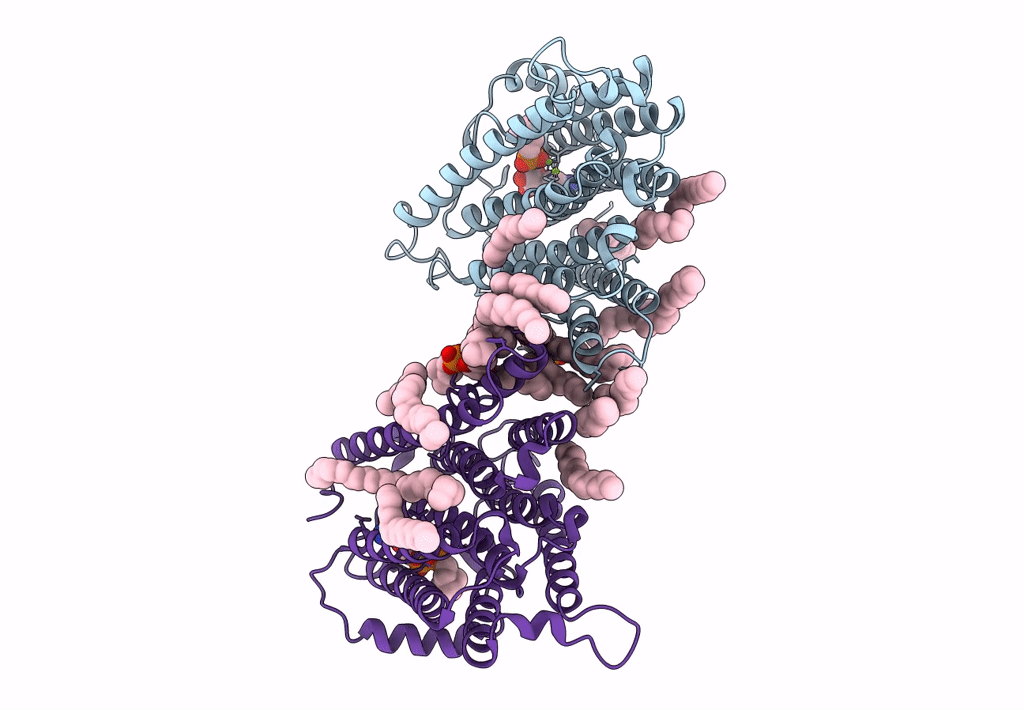
Deposition Date
2022-10-12
Release Date
2023-04-26
Last Version Date
2025-05-14
Entry Detail
PDB ID:
8ERP
Keywords:
Title:
Structure of Xenopus cholinephosphotransferase1 in complex with CDP-choline
Biological Source:
Source Organism:
Xenopus laevis (Taxon ID: 8355)
Host Organism:
Method Details:
Experimental Method:
Resolution:
3.70 Å
Aggregation State:
PARTICLE
Reconstruction Method:
SINGLE PARTICLE


